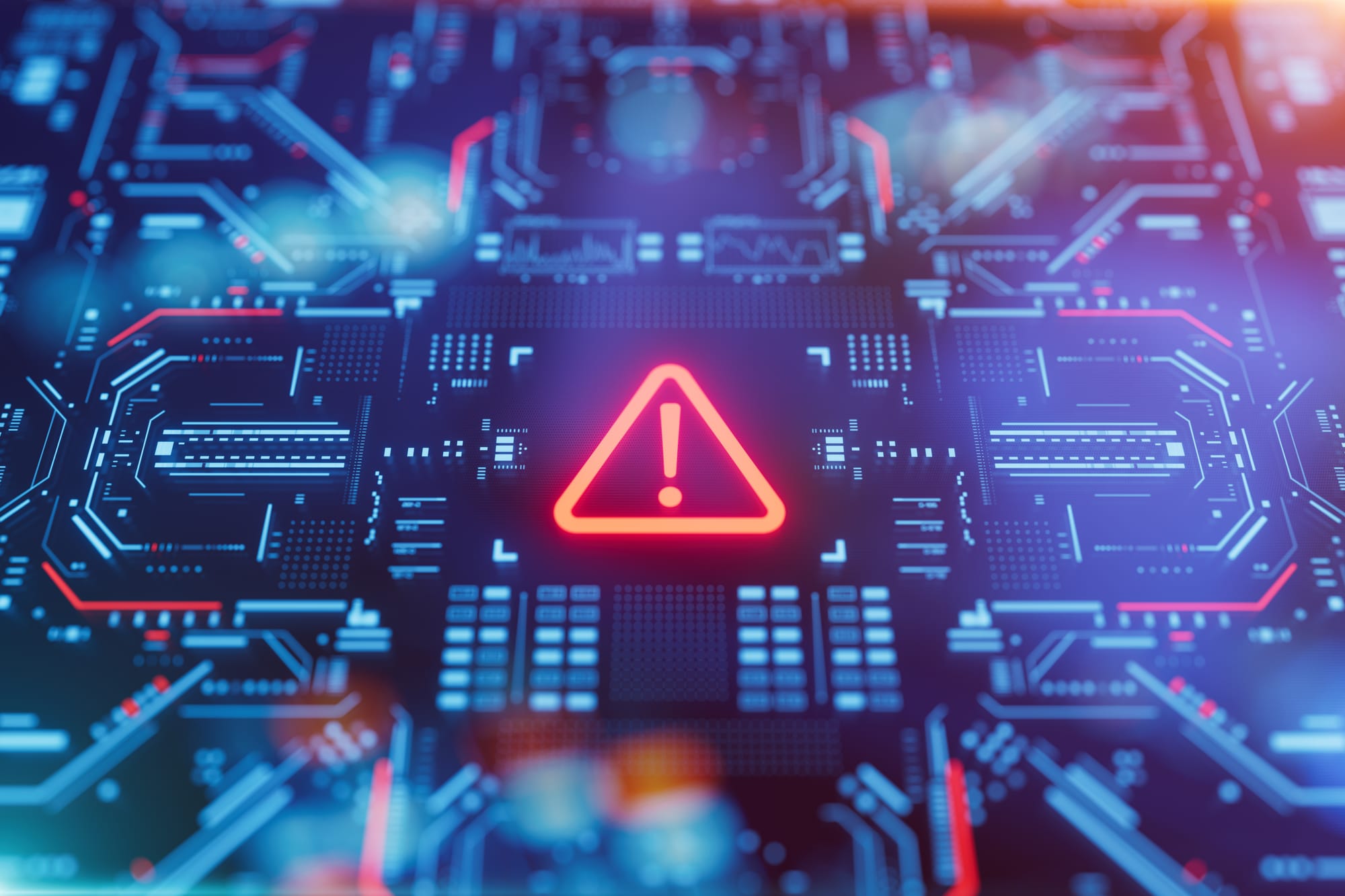BEST PRACTICES FOR CONDUCTING CYBER SECURITY AUDIT GAP ANALYSIS

Introduction to Cyber Security Audit Gap Analysis
A cyber security audit gap analysis is an essential process that businesses undergo to identify weaknesses in their security posture and compliance levels. This analysis helps organizations determine the gaps between their current practices and the required standards to protect their assets from cyber threats effectively. In this article, we explore the best practices to conduct a thorough cyber security audit gap analysis, which can help safeguard sensitive data and maintain integrity and availability of IT systems.
Understanding the Importance of Cyber Security Audit Gap Analysis
The first step in conducting a cyber security audit gap analysis is understanding its importance. Organizations of all sizes are at risk of cyber attacks, which can lead to significant financial losses, damage to reputation, and legal repercussions. By performing a gap analysis, companies can gain a clear understanding of their vulnerabilities and the necessary actions to mitigate such risks. This proactive approach is crucial in building a robust cyber security framework that aligns with both industry standards and business objectives.
Establishing a Framework for Analysis
To conduct an effective gap analysis, it is vital to establish a structured framework. This involves several key components:
- Defining the Scope: Clearly define what areas of your organization's IT infrastructure and business processes will be included in the audit. This can range from network systems and data storage solutions to endpoint security and employee access controls.
- Identifying Relevant Standards and Regulations: Depending on your industry, different cyber security standards such as ISO 27001, NIST, or GDPR may apply. Identify which frameworks and regulatory requirements are relevant to your business to focus your audit effectively.
- Setting Benchmarks: Establish benchmarks based on the identified standards. These benchmarks will serve as a reference point to measure your organization's current security practices against.
Gathering Data
Data gathering is a critical component of the gap analysis process. This involves collecting information on current security measures, policies, and procedures. Key areas to focus on include:
- Policy Documentation: Review existing security policies and procedures to understand the directives in place.
- Security Solutions: Assess the security technologies and tools that are currently utilized, such as firewalls, antivirus software, and intrusion detection systems.
- Access Controls: Examine how data access is managed and controlled, including who has access to sensitive information and how this access is protected.
Analyzing the Data
Once data gathering is complete, the next step is to analyze the information to identify any discrepancies between current practices and the set benchmarks. This analysis should focus on:
- Compliance Gaps: Determine where your organization falls short of legal and regulatory requirements.
- Vulnerabilities: Identify security weaknesses, such as outdated software, insufficient network security, or lack of employee security training.
- Risk Assessment: Evaluate the potential impacts of identified vulnerabilities and non-compliance on your organization's operations and reputation.
Documenting Findings and Recommendations
The findings from the analysis should be thoroughly documented, providing clear visibility into what gaps exist and why they are significant. This documentation should include:
- Detailing of Gaps: Each identified gap should be detailed with information about the existing state, the desired state, and the specifics of the discrepancy.
- Risk Prioritization: Prioritize the risks associated with each gap based on factors such as potential damage, likelihood of occurrence, and cost of remediation.
- Actionable Recommendations: Develop specific, actionable recommendations to close each gap. These should be realistic, cost-effective, and aligned with organizational goals.
Implementing Changes
Implementation is the phase where recommended changes are put into action to bridge the identified gaps. Effective implementation requires:
- Resource Allocation: Ensure adequate resources are available, including budget, personnel, and tools, to implement the recommendations.
- Change Management: Manage the implementation process through proper planning, communication, and documentation to minimize disruption to business operations.
- Training and Awareness: Conduct training sessions to educate staff about new policies and systems, emphasizing the importance of compliance and security best practices.
Continuous Improvement and Follow-Up
An audit gap analysis is not a one-time activity but part of an ongoing commitment to improving cyber security. Following the initial implementation, regular reviews should be scheduled to ensure that the measures remain effective and adapt to new threats. Continuous improvement efforts include:
- Regular Audits: Perform regular audits to reassess risk and identify new gaps as technologies and threat landscapes evolve.
- Feedback Loops: Establish mechanisms for feedback to continually refine and improve security measures based on practical insights and developments in the field.
- Updating Policies and Procedures: Regularly update security policies and procedures to reflect new business practices, emerging threats, and technological advances.
Conclusion
Conducting a cyber security audit gap analysis is crucial for organizations aiming to enhance their security posture and compliance. By following these best practices, businesses can identify weaknesses, implement effective security measures, and foster an organizational culture that prioritizes cyber security. Remember, the goal is not just to protect against current threats but to establish a dynamic and resilient security infrastructure capable of adapting to new challenges.